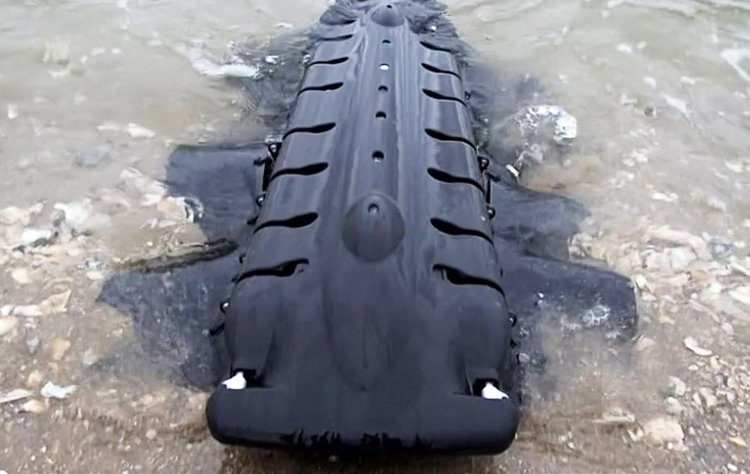
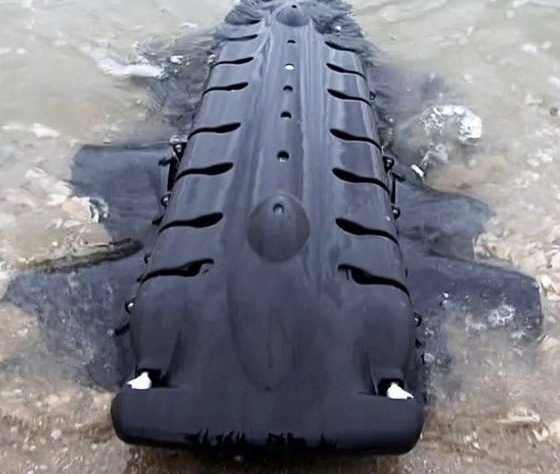
News
Three creepy, yet useful robots for rescue missions and deep space travel
Whether or not you welcome humanity’s coming overlord robots, there’s something entertaining about watching them grow up. We’ve all seen Boston Dynamics release one video after the other displaying their robot dogs trotting around opening doors and their humanoid bots overcoming obstacle courses while being abused by their human creators (p.s. they won’t forget). However, they’re not the only company with some interesting, impressive, and somewhat creepy robotic developments. Here are three we thought should be on your radar:
Robugtix Z6 Spider-Bot
This little spider-like guy made some waves at the end of this month with its coordinated dance moves shown off in an 80s-style aerobics video. Its maker is Hong Kong-based robotics company Robugtix, and apparently they have a strong preference for arachnids in their designs. The Z6 has three other siblings in the family, all spider-like in their design as well, and all movie stars in their own right.

Described as “portable and foldable…for use in professional environments”, the Z6 boasts the ability to climb stairs, fold up into a compact/backpack size, roll over, right itself if upside down, and navigate in confined spaces and irregular terrain. A built-in camera provides video streaming and monitioring from its wireless joystick controller. At its smallest, the Z6 is 10 cm (L) x 23 cm (W) x 13.7 cm (H); default standing mode is 52 cm (L) x 49 (W) cm x 17 cm (H). Given the capabilities, some industrial applicability may be in the works, i.e., search and rescue assistance.
Looking for a price? You might not want to ask just yet, and you’ll have to if you want to know for sure. Its siblings range from around $1000 (T8X) to $40,000 (RoboNOBE Black Widow), so we can only guesstimate what this (-tiny-) compact dancer’s cash money trade value will be.
To see the Z6’s awesome dance moves, watch the video below:
Velox by Pliant Energy Systems
This robot actually evolved from research into renewable energy, specifically capturing wave and tidal energy. CEO Pietro Filardo of Pliant Energy Systems, the maker of Velox and based in New York, used his background in marine biology to design biomorphic devices that could not only capture energy from aquatic sources but also propel them. As seen by the ribbon-like attachments directing the bot’s motion, the final design involved a flexible fin moving in wave motions driven by internal actuators. With a few extra degrees of motion, Velox can also move across solid surfaces include sand, snow, pebbles, paving, and solid ice. To quote its makers, it can “swim like a ray, crawl like a millipede, jet like a squid, and slide like a snake.”
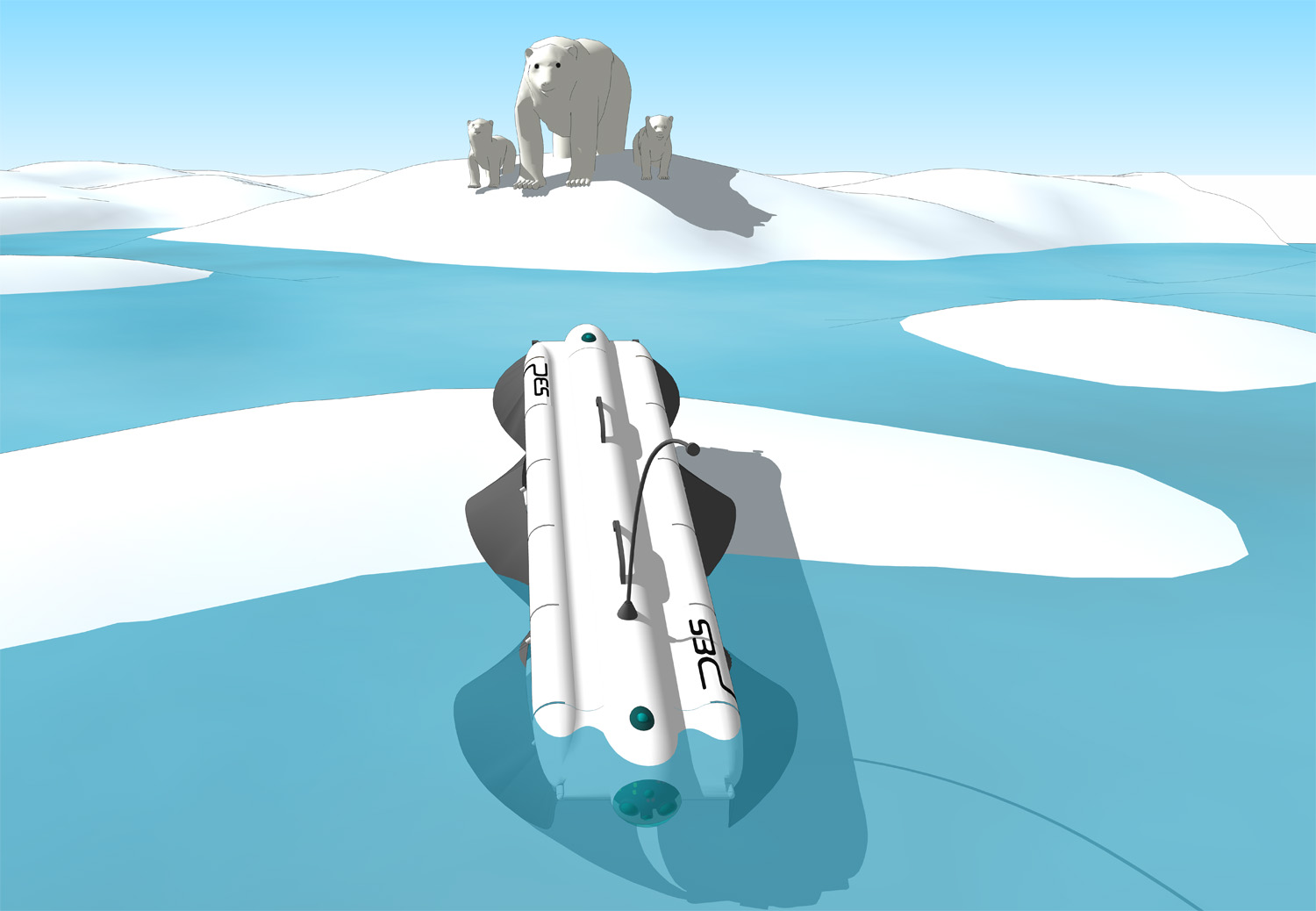
Pliant apparently has big plans for Velox’s eventual prodigy. The company’s website lists stealth characteristics and maneuverability useful for surf zone, amphibious beach, and polar ice missions – an obvious military appeal that’s not surprising considering the partial funding received from the U.S. Office of Naval Research, an organization within the Department of the Navy. Civilian uses are also suggested, if its proof-of-concept videos aren’t imagination-inspiring enough, such as personal propulsion for divers, propeller replacement for environmentally-sensitive waters like coral reefs, and search and rescue operations, specifically in the case of thin ice fall victims.
The company has been developing patented technologies since 2007 and its research has been sponsored by a variety of local and federal agencies including the National Science Foundation and U.S. Department of Agriculture. Pliant’s novel fin system (“undulating”, i.e., smooth and wavy) is also being applied towards its original intention – water energy generation – for which its design is useful where dams are not practical or desirable. Velox itself is still in the proof-of-concept stage, but its capabilities are already on display for admiration.
Watch the below video to see Velox in action:
Robotic Skins by Yale University
Admittedly, these devices aren’t actually robots but rather make things into robots. Designed by Yale University as a NASA initiative, “robotic skins” are sheets of elastic material with robot components embedded inside, i.e., actuators and sensors. When wrapped around compatible objects, they provide movement and sensing functionality as needed to perform tasks.
Deep space traveling was the inspiration for their design – preparing for the unknown. If travelers can’t be sure what robotic functionality will be needed in a somewhat unpredictable environment, it would be useful to have the ability to create what’s needed on-demand. Demonstrations of the skins thus far have included a stuffed horse walking, a cylinder crawling like a worm, a claw for moving things, and a posture sensor that vibrates when a user is slouching. Perhaps implementing multiple skins could create a bot that both flipped pages in a spacecraft instruction manual and slapped the reader when they stopped paying attention. Hey, deep space might also be boring.
Watch the below video for more on how these “robotic skins” work:

News
Ford cancels all-electric F-150 Lightning, announces $19.5 billion in charges
“Rather than spending billions more on large EVs that now have no path to profitability, we are allocating that money into higher returning areas, more trucks and van hybrids, extended range electric vehicles, affordable EVs, and entirely new opportunities like energy storage.”
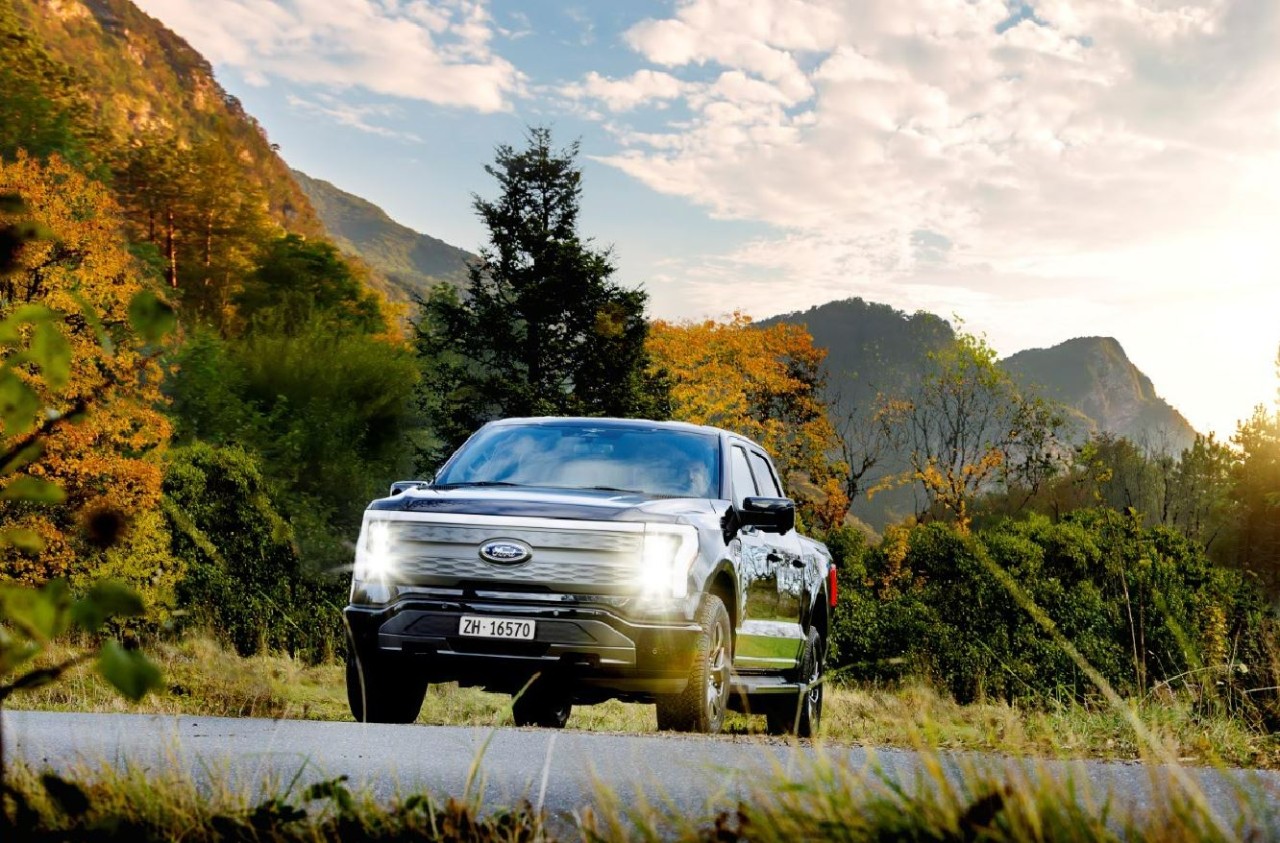
Ford is canceling the all-electric F-150 Lightning and also announced it would take a $19.5 billion charge as it aims to quickly restructure its strategy regarding electrification efforts, a massive blow for the Detroit-based company that was once one of the most gung-ho on transitioning to EVs.
The announcement comes as the writing on the wall seemed to get bolder and more identifiable. Ford was bleeding money in EVs and, although it had a lot of success with the all-electric Lightning, it is aiming to push its efforts elsewhere.
It will also restructure its entire strategy on EVs, and the Lightning is not the only vehicle getting the boot. The T3 pickup, a long-awaited vehicle that was developed in part of a skunkworks program, is also no longer in the company’s plans.
Instead of continuing on with its large EVs, it will now shift its focus to hybrids and “extended-range EVs,” which will have an onboard gasoline engine to increase traveling distance, according to the Wall Street Journal.
“Ford no longer plans to produce select larger electric vehicles where the business case has eroded due to lower-than-expected demand, high costs, and regulatory changes,” the company said in a statement.
🚨 Ford has announced it is discontinuing production of the F-150 Lightning, as it plans to report a charge of $19.5 billion in special items.
The Lightning will still be produced, but instead with a gas generator that will give it over 700 miles of range.
“Ford no longer… pic.twitter.com/ZttZ66SDHL
— TESLARATI (@Teslarati) December 15, 2025
While unfortunate, especially because the Lightning was a fantastic electric truck, Ford is ultimately a business, and a business needs to make money.
Ford has lost $13 billion on its EV business since 2023, and company executives are more than aware that they gave it plenty of time to flourish.
Andrew Frick, President of Ford, said:
“Rather than spending billions more on large EVs that now have no path to profitability, we are allocating that money into higher returning areas, more trucks and van hybrids, extended range electric vehicles, affordable EVs, and entirely new opportunities like energy storage.”
CEO Jim Farley also commented on the decision:
“Instead of plowing billions into the future knowing these large EVs will never make money, we are pivoting.”
Farley also said that the company now knows enough about the U.S. market “where we have a lot more certainty in this second inning.”
News
SpaceX shades airline for seeking contract with Amazon’s Starlink rival

SpaceX employees, including its CEO Elon Musk, shaded American Airlines on social media this past weekend due to the company’s reported talks with Amazon’s Starlink rival, Leo.
Starlink has been adopted by several airlines, including United Airlines, Qatar Airways, Hawaiian Airlines, WestJet, Air France, airBaltic, and others. It has gained notoriety as an extremely solid, dependable, and reliable option for airline travel, as traditional options frequently cause users to lose connection to the internet.
Many airlines have made the switch, while others continue to mull the options available to them. American Airlines is one of them.
A report from Bloomberg indicates the airline is thinking of going with a Starlink rival owned by Amazon, called Leo. It was previously referred to as Project Kuiper.
American CEO Robert Isom said (via Bloomberg):
“While there’s Starlink, there are other low-Earth-orbit satellite opportunities that we can look at. We’re making sure that American is going to have what our customers need.”
Isom also said American has been in touch with Amazon about installing Leo on its aircraft, but he would not reveal the status of any discussions with the company.
The report caught the attention of Michael Nicolls, the Vice President of Starlink Engineering at SpaceX, who said:
“Only fly on airlines with good connectivity… and only one source of good connectivity at the moment…”
CEO Elon Musk replied to Nicolls by stating that American Airlines risks losing “a lot of customers if their connectivity solution fails.”
American Airlines will lose a lot of customers if their connectivity solution fails
— Elon Musk (@elonmusk) December 14, 2025
There are over 8,000 Starlink satellites in orbit currently, offering internet coverage in over 150 countries and territories globally. SpaceX expands its array of satellites nearly every week with launches from California and Florida, aiming to offer internet access to everyone across the globe.
Currently, the company is focusing on expanding into new markets, such as Africa and Asia.
News
Tesla Model Y Standard stuns in new range test, besting its Premium siblings
Tesla’s newer vehicles have continued to meet or exceed their EPA estimates. This is a drastic change, as every 2018-2023 model year Tesla that Edmunds assessed did not meet its range estimates.
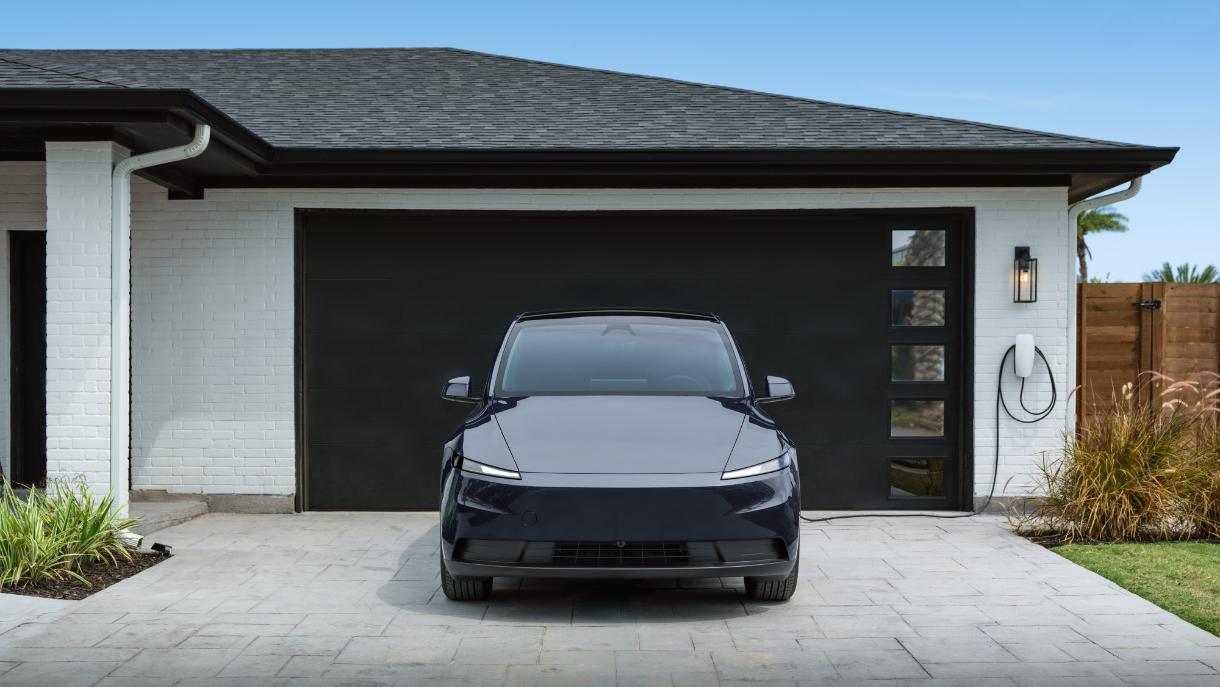
The Tesla Model Y Standard stunned in a new range test performed by automotive media outlet Edmunds, besting all of its Premium siblings that are more expensive and more luxurious in terms of features.
Testing showed the Model Y Standard exceeded its EPA-estimated range rating of 321 miles, as Edmunds said it is the “longest-range Model Y that we’ve ever put on our loop.” In the past, some vehicles have come up short in comparison with EPA ranges; for example, the Model Y’s previous generation vehicle had an EPA-estimated range of 330 miles, but only drove 310.
Additionally, the Launch Series Model Y, the first configuration to be built in the “Juniper” program, landed perfectly on the EPA’s range estimates at 327 miles.
It was also more efficient than Premium offerings, as it utilized just 22.8 kWh to go 100 miles. The Launch Series used 26.8 kWh to travel the same distance.
It is tested using Edmunds’ traditional EV range testing procedure, which follows a strict route of 60 percent city and 40 percent highway driving. The average speed throughout the trip is 40 MPH, and the car is required to stay within 5 MPH of all posted speed limits.
Each car is also put in its most efficient drive setting, and the climate is kept on auto at 72 degrees.
“All of this most accurately represents the real-world driving that owners do day to day,” the publication says.
With this procedure, testing is as consistent as it can get. Of course, there are other factors, like temperature and traffic density. However, one thing is important to note: Tesla’s newer vehicles have continued to meet or exceed their EPA estimates. This is a drastic change, as every 2018-2023 model year Tesla that Edmunds assessed did not meet its range estimates.
Tesla Model Y Standard vs. Tesla Model Y Premium
Tesla’s two Model Y levels both offer a great option for whichever fits your budget. However, when you sit in both cars, you will notice distinct differences between them.
The Premium definitely has a more luxurious feel, while the Standard is stripped of many of the more premium features, like Vegan Leather Interior, acoustic-lined glass, and a better sound system.
You can read our full review of the Model Y Standard below:
Tesla Model Y Standard Full Review: Is it worth the lower price?








